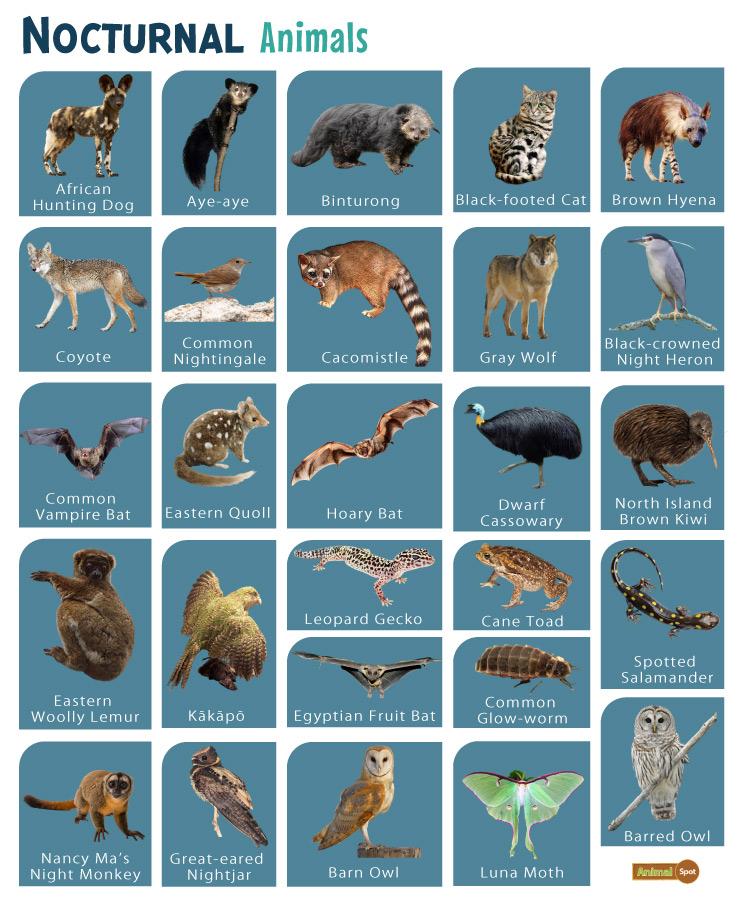Night Hunter Adaptations: How Nocturnal Animals Thrive In Darkness

Table of Contents
Enhanced Sensory Perception
Nocturnal animals have evolved extraordinary sensory capabilities to compensate for the lack of light. These night hunter adaptations allow them to navigate, hunt, and avoid predators in near-total darkness.
Superior Hearing
Many nocturnal predators possess exceptionally acute hearing. Owls, for example, are renowned for their exceptional auditory abilities.
- Larger pinnae (outer ears): These act like satellite dishes, collecting and focusing sound waves.
- Specialized ear structures for sound localization: Asymmetrical ear placement in owls allows for precise pinpointing of prey location based on minute differences in sound arrival time.
- Echolocation in bats: Bats emit high-frequency sounds and use the echoes to create a "sound map" of their surroundings, navigating and hunting with incredible accuracy.
These features allow them to detect the faintest rustle of leaves or the quiet scurry of a small mammal, even in complete darkness. Their ability to pinpoint the exact location of prey is a vital night hunter adaptation.
Exceptional Night Vision
The ability to see in low-light conditions is another key adaptation for nocturnal hunters. Many species have evolved remarkable night vision.
- Larger pupils: These allow for maximum light intake.
- Tapetum lucidum: This reflective layer behind the retina amplifies available light, significantly boosting vision sensitivity. The characteristic "eye shine" seen in cats and other nocturnal animals is due to this structure.
- Increased rod cells: Rod cells are photoreceptor cells in the retina responsible for vision in low light. Nocturnal animals have a much higher density of rod cells than diurnal (day-active) animals.
Cats, owls, and many other nocturnal predators demonstrate exceptional night vision, allowing them to hunt effectively even under a moonless sky. This is a critical night hunter adaptation for successful hunting.
Advanced Olfaction and Touch
Beyond sight and hearing, smell and touch play crucial roles for some nocturnal hunters.
- Highly developed olfactory bulbs: These structures in the brain process scent information, allowing animals to track prey or detect potential threats.
- Sensitive whiskers (vibrissae): These act as sensory organs, detecting changes in air currents and providing information about the environment.
- Specialized receptors for detecting scents: Nocturnal animals often possess specialized receptors for detecting scents in the air or on the ground, allowing them to follow trails and locate prey.
Skunks rely heavily on their sense of smell, while moles and shrews use their sensitive whiskers to navigate their underground burrows and locate prey by touch. These are further examples of remarkable night hunter adaptations.
Specialized Hunting Strategies
Nocturnal hunters employ a range of clever strategies to successfully capture prey in the dark. These night hunter adaptations enhance their chances of a successful hunt.
Stealth and Ambush Techniques
Silent movement and ambush tactics are crucial for many nocturnal predators.
- Soft footpads: These allow for quiet movement, reducing the risk of alerting prey.
- Specialized body shapes for concealment: Camouflage and body shapes adapted for hiding in shadows maximize stealth.
- Patient waiting behavior: Nocturnal hunters often wait patiently for prey to come within striking distance before attacking.
These strategies allow nocturnal predators to surprise their prey, increasing their chances of a successful hunt. This is a key element of many effective night hunter adaptations.
Camouflage and Countershading
Coloration and patterns also play a vital role in the success of nocturnal hunters, both predators and prey.
- Cryptic coloration: This involves blending with the surrounding environment, providing effective camouflage for both predator and prey.
- Countershading: This is a pattern where the dorsal (upper) side is darker and the ventral (lower) side is lighter, providing camouflage against both the sky and the ground.
These adaptations help nocturnal animals avoid detection by predators or ambush their prey effectively.
Cooperative Hunting
Some nocturnal animals, like lions and wolves, hunt cooperatively, increasing their hunting efficiency.
- Group hunting strategies: Coordinated attacks, ambushes, and the division of labor maximize the chances of success.
- Benefits of coordinated hunting: Increased hunting success rates, tackling larger prey.
Cooperative hunting is a highly effective strategy employed by many social nocturnal animals, demonstrating another facet of night hunter adaptations.
Physiological Adaptations for Nocturnal Life
Beyond sensory and hunting strategies, nocturnal animals have evolved physiological adaptations for their lifestyle.
Circadian Rhythms and Sleep Patterns
Nocturnal animals have internal biological clocks (circadian rhythms) that regulate their sleep-wake cycles.
- Internal biological clocks: These regulate hormone levels and other physiological processes, ensuring synchronization with the daily light-dark cycle.
- Adaptation to periods of activity and rest: This allows for efficient energy use and maximized hunting opportunities during the night.
These rhythms allow them to be active at night and rest during the day.
Metabolism and Energy Conservation
Energy conservation is crucial for nocturnal animals, as prey may be scarce.
- Lower metabolic rates during rest periods: This reduces energy expenditure during inactivity.
- Efficient energy storage mechanisms: This ensures energy reserves are available for hunting and other activities.
These adaptations allow them to survive periods of low food availability.
Conclusion
Night hunter adaptations are a testament to the remarkable ingenuity of nature. From enhanced sensory perception and specialized hunting strategies to unique physiological adaptations, nocturnal animals have evolved a range of remarkable traits to thrive in the darkness. Their success demonstrates the power of natural selection and the incredible diversity of life on Earth. Explore the incredible world of night hunter adaptations further! Learn more about the specific strategies used by your favorite nocturnal animals and appreciate the remarkable ingenuity of nature.

Featured Posts
-
 Trumps Pursuit Of Cheap Oil A Complex Relationship With The Energy Industry
May 12, 2025
Trumps Pursuit Of Cheap Oil A Complex Relationship With The Energy Industry
May 12, 2025 -
 How Many Fans Will Attend The Bristol Speedway Classic Manfreds Perspective
May 12, 2025
How Many Fans Will Attend The Bristol Speedway Classic Manfreds Perspective
May 12, 2025 -
 Henry Cavills Cryptic Message On James Bond Casting
May 12, 2025
Henry Cavills Cryptic Message On James Bond Casting
May 12, 2025 -
 Analyzing The Impact Of Trump Tariffs On Toyotas Profitability
May 12, 2025
Analyzing The Impact Of Trump Tariffs On Toyotas Profitability
May 12, 2025 -
 Why Meeting Shane Lowry Remains A Popular Goal For Golf Fans
May 12, 2025
Why Meeting Shane Lowry Remains A Popular Goal For Golf Fans
May 12, 2025
